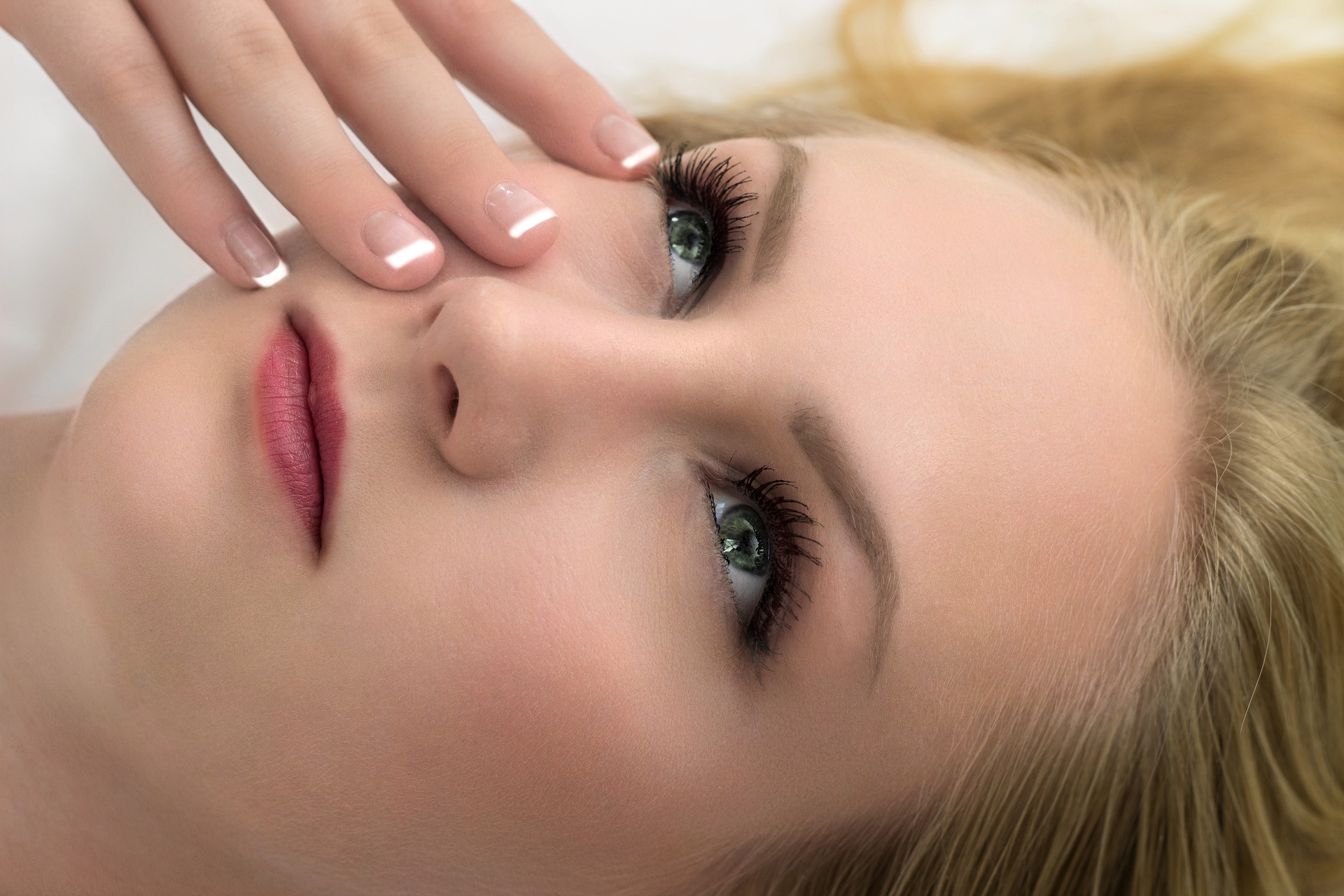HydraFacial Skin Treatment

For centuries people have sought a universal solution to stop the aging process. Nowadays, cosmetic medicine has developed a number of non-surgical procedures that can reduce skin damage caused by sunlight, the environment and the inevitable aging process. In the pursuit of younger, radiant and smooth skin, taking into account the specific features of the body, people can choose from a wider range of procedures – dermal fillers, mesotherapy, botulinum toxin, chemical peels, PRP therapy, laser rejuvenation, and microdermabrasion. One of the newest procedures out there is HydraFacial – a therapy that combines non-invasive exfoliation with an infusion of skin-specific topical solutions that improve and revitalize the skin.
Hydrafacial is a method for complex facial care. It works with vacuum and special serums, on the principle of Vortex technology. It is a vortex of fluid and air, thanks to which the serums reach deep into the skin and help to cleanse and regenerate it. The procedure involves cleansing, exfoliating and extracting the skin to get rid of impurities and dead skin cells. At the same time, it nourishes your skin with vital nutrients such as antioxidants, peptides and hyaluronic acid. Different topical vitamins or a combination of topical preparations are used for each patient, so that the treatment becomes personalized for a specific problem (hyperpigmentation, acne, photodamage and dehydration).
Hydrafacial is a suitable method for all skin types. It is most often used to eliminate problems on the face, as well as the neck and décolletage. The procedure usually takes between 30 – 60 minutes and can be repeated every 3 to 4 weeks to achieve lasting results. Facial therapy is especially suitable for people with acne, acne scars, skin discoloration, and early signs of aging. Another positive aspect that puts Hydrafacial among the preferred procedures is the possibility for patients to immediately return to their daily routine.
For patients suffering from acne: When the pores are clogged, most of the products for maintaining healthy and young skin would not work effectively as they cannot be fully penetrate the skin. Hydrfacial therapy exfoliates clogged pores, helping to remove excess sebum from them and allowing better absorption of acne products. In addition, keeping the pores clean significantly improves mild to moderate acne.
Skin rejuvenation: Hydrafacial uses serum infusion therapy, which contains powerful anti-aging ingredients that, in combination with an exfoliant, can accelerate cell turnover and increase blood flow to the upper layers of the skin. Thus, the skin is regenerated, which leads to reduced pore size, improved appearance of wrinkles, fine lines and complexion.
Although the effects are less noticeable than traditional microdermabrasion, a few sessions are enough to achieve a smooth and clear complexion. The method of Hydrafacial is ideal for those patients who are about to have a big event and are looking for refreshing and renewing their skin.

The Hydrafacial treatment consists of 5 steps:
Step 1: Exfoliation
The treatment usually starts with applying a serum that contains salicylic acid. The ingredients in it should soften the upper layer of the skin, expand the pores, and prepare it for complete cleansing, regeneration and hydration, which come afterwards. Exfoliation targets the top layer of skin which is made of dead cells. This evens out the complexion and gives way to new skin cells. This step will help your skin care products to have a much better effect than they used – the removal of dead cells allows better penetration of the skin.
Step 2: Chemical peel
In this step, a chemical peel is applied to the T-zone of the face and the problem areas of the skin. This prepares the pores by softening them and cleansing them without damaging the skin. The Hydrafacial chemical peel contains glycolic and salicylic acid and is available is 3 different concentrations: for mild (7.5%), moderate (15%) or intense (30%) effect. Due to the special spiral nozzle and the combination of serum and compressed air used in this step of the therapy, the peeling does not stay too long on the skin and remains protected from chemical burns.
Step 3: Extraction
In this stage of the treatment the accumulated dirt into the pores is sucked. Thus, the skin remains completely clean. Consequently, a serum that has anti-inflammatory and antibacterial properties in order for the skin not to be irritated is applied to the face. It penetrates deep into the skin and regulates the secretion of sebum, but also stimulates the skin to self-cleanse in the next few days after the procedure.
Step 4: Tailoring your treatment
In this step one or two serums are used depending on the needs of the patient. The serum should stimulate the cells to produce collagen and elastin to smooth wrinkles, and treat pigmentation in the epidermis.
Step 5: Hydration
This last step involves nourishing the skin with deep hydration serums. They usually contain hyaluronic acid, which is one of the most important ingredients, vitamins A and E, as well as other ingredients that aim to revitalize of the epidermis, stimulate the growth of new cells and improve skin elasticity.






